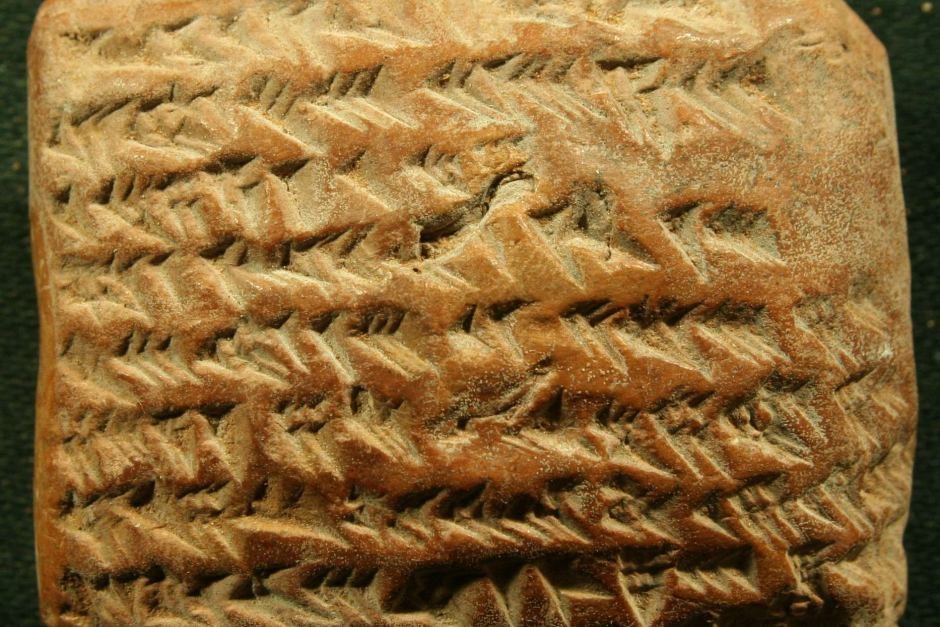
An analysis of the tablets, reported in the journal Science, reveals ancient Babylonians were able to calculate the position of Jupiter using geometric techniques previously believed to have been first used some 1,400 years later in 14th century Europe.
"These texts are the earliest evidence we have from antiquity of mathematical astronomy," said the study's author Dr Mathieu Ossendrijver, a historian on Babylonian astronomy with the Humboldt University in Berlin.
"It describes Jupiter's velocity across the sky and how that changes with time."
The tablets, which are housed at the British Museum, are believed to have been unearthed from an archaeological dig in what is now modern day Iraq sometime in the 1800s.
The almost completely intact tablets are thought to have been written in Babylon between 350 and 50 BCE.
The tablets are part of a larger collection of 450 astronomy tablets from Babylon and Uruk containing celestial data arranged in rows and columns, together with instructions.
Dr Ossendrijver examined five tablets numbered as trapezoid text A to trapezoid text E, four of which deal with geometrical trapezoid shapes, but nobody understood what they were about.
One tablet key to puzzle
However, one of the tablets — trapezoid text A — provided Dr Ossendrijver with the key to understanding the other four tablets.
"I discovered that they describe the motion of Jupiter as a velocity, the number of degrees it moves across the sky in a day," Dr Ossendrijver said.
"If you plot the velocity of Jupiter against time, you get a creeping curve which looks like a rectangle with a slanted top — that's the trapezoid."
The tablets show two intervals from when Jupiter first appears along the horizon at night, to the planet's position in the sky after 60 and 120 days.
The tablets also computed the time when Jupiter covers half of this 60-day distance by partitioning the trapezoid into two smaller ones of equal area.
"We're not really sure why the Babylonians were so interested in the motion of the planet Jupiter, but one possible explanation is that Jupiter was associated with Marduk the supreme god of Babylon," Dr Ossendrijver said.
"These astronomers or priests were employed by Babylon's main temple where Marduk was venerated. Each god had a star and Marduk's was Jupiter."
Babylonian writing is thought to have originally developed as an accounting system for keeping track of property such as sheep, grain, or the size of a field.
"That's what most of the cuneiform tablets we have from Mesopotamia deal with," Dr Ossendrijver said.
"But by about 2000 BCE they began to develop a form of mathematics with sophisticated field computations and methods for solving what we call quadratic equations that go beyond these practical things. It's a way of describing and computing motion, similar to what we today call integral calculus."
Tablets redefine history
These tablets redefine our history books as the origins of calculus are generally traced back to the Middle Ages when people began using geometry to calculate velocity by plotting the position of an object against time.
"This is highly surprising. No-one expected to find something like this in antiquity," Dr Ossendrijver said.
"While ancient Greeks used geometrical figures to describe configurations in physical space, centuries earlier these Babylonian tablets used geometry in an abstract sense to define time and velocity."




Who cares who found it 1st.
Children concern themslves with these bragging rights issues.
Jupiter was there long before any of them,and was genuinely unaffected by being eh,"discovered",as it was never actually "covered".